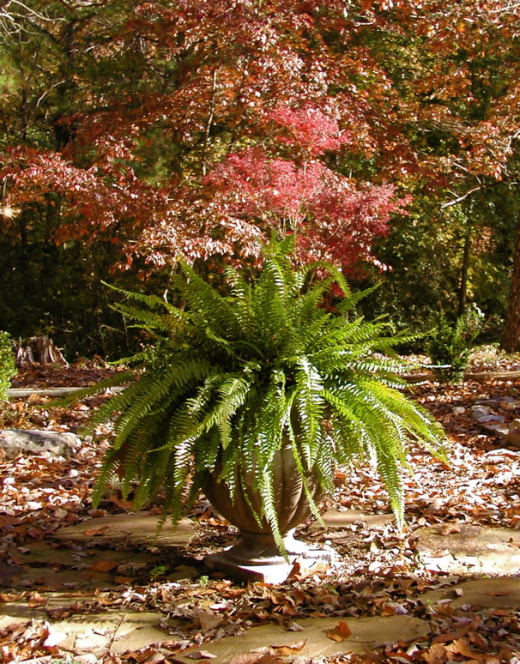How I spent my Christmas making mortar
 Sunday, December 27, 2009 at 4:56PM
Sunday, December 27, 2009 at 4:56PM Christmas at our house this year was a multiple day celebration, beginning with Christmas eve service at our church and ending the evening of the 26th. I felt a deep peace when family and friends came to our home to visit.
A sunset on Christmas day offered a reflection on the special meaning of this season.
We spent Christmas day with our sons, and then my brother and assorted nephews and nieces and cousins and in-laws came the day after. I was in the kitchen early, peeling potatoes and chopping onions for potato salad. I also was preparing a cranberry salad, a great recipe I got from a fellow blogger, Villager. My family sends special thanks to him. Outside, frost covered the garden.
These knockout roses look like they are covered with a sugary glaze for Christmas.
The frost may kill these leaves, but oh, so sweet, the passing.
These nandina leaves will not be harmed by the frost.
The colors of the nandina are highlighted by an icy coating.
The variegated leaves and lily-of-the-valley flowers of Pieris japonica 'Cavatine' are lovely with winter frosting.
I watched as potato and onion skins piled up. When I was finished, I shoveled them into a stainless steel compost bucket under the kitchen sink. Soon orange, apple and banana peels were added. Then came used tea bags and coffee grounds. As preparations for our big family meal were completed, I pushed to squash the contents of the compost pail so I could add new ingredients. The bucket was overflowing when I finally emptied it into the larger compost bin we keep behind the house near the vegetable garden. I was happy with the meal we had prepared, and I was happy with the good compost I had brewing behind my house.
I have been re-reading an old David Bodanis book I own called The Secret Garden: Dawn to Dusk in the Astonishing Hidden World of the Garden. This book describes the incredible microscopic life that exists around us. I recently read a section that explains why compost is the best thing to enrich garden soil.
We hardly ever think about the billions of invisible creatures that live under our feet, but these microscopic critters promote good soil structure, enabling plant roots to grow and obtain nutrients. Basically, the soil dwellers live in underground cities made up of apartment buildings built of tiny clay bricks, and these subterranean dwellings give soil its texture. The bricks are held together by a gummy substance produced by decomposing dead bacteria. Without the mortar of dead bacteria, the apartment homes collapse and the soil becomes hard and compacted.
Compost is good for garden soil because its main ingredient is the gummy mortar used by earth dwellers to shore up the walls of their buildings and to prop open underground passageways. Uncomposted substances like fresh grass clippings are not so good, however, because they contain billions of living bacteria, which promptly go to war with the preexisting occupants of the soil. As the battle rages, nitrogen is burned up and heat radiates from the sweaty, hot warrior bacteria. Nearby plants may overheat and suffer from nitrogen deficiency. It's best to put those grass clippings in the compost pile, and let all the bacteria die off before putting them in the garden.
Ingredients in compost are termed "green" or "brown." Green substances are like those from my kitchen: fresh vegetable and fruit scraps, and also freshly pulled or cut plants from the garden. Brown substances are dried things, like aged grass clippings, shredded paper and dead leaves. The best combination is about four times as much brown as green. Do not put meat products in your compost, unless you want all sorts of critters rummaging through it.
Today I noticed that frost has finally killed the Boston fern in the lady garden. It is headed for the compost bin, where it will eventually turn into mortar to build underground cities.
So, a gazillion bacteria are living and dying in my compost bin right now. Next time I open the bottom door and that rich black mortar mix pours out, I will think about them.
Happy New Year!
 compost,
compost,  nandina,
nandina,  pieris japonica in
pieris japonica in  plants,
plants,  principles of gardening
principles of gardening